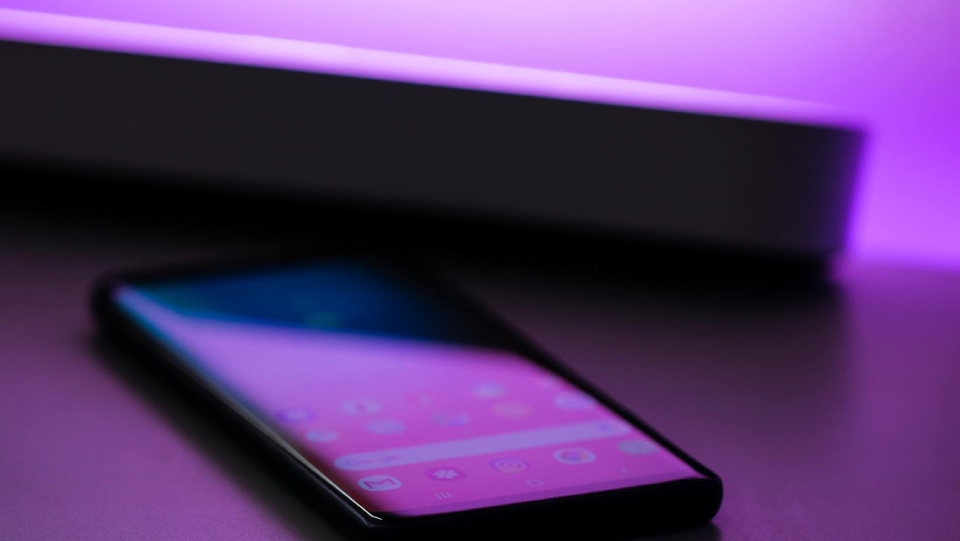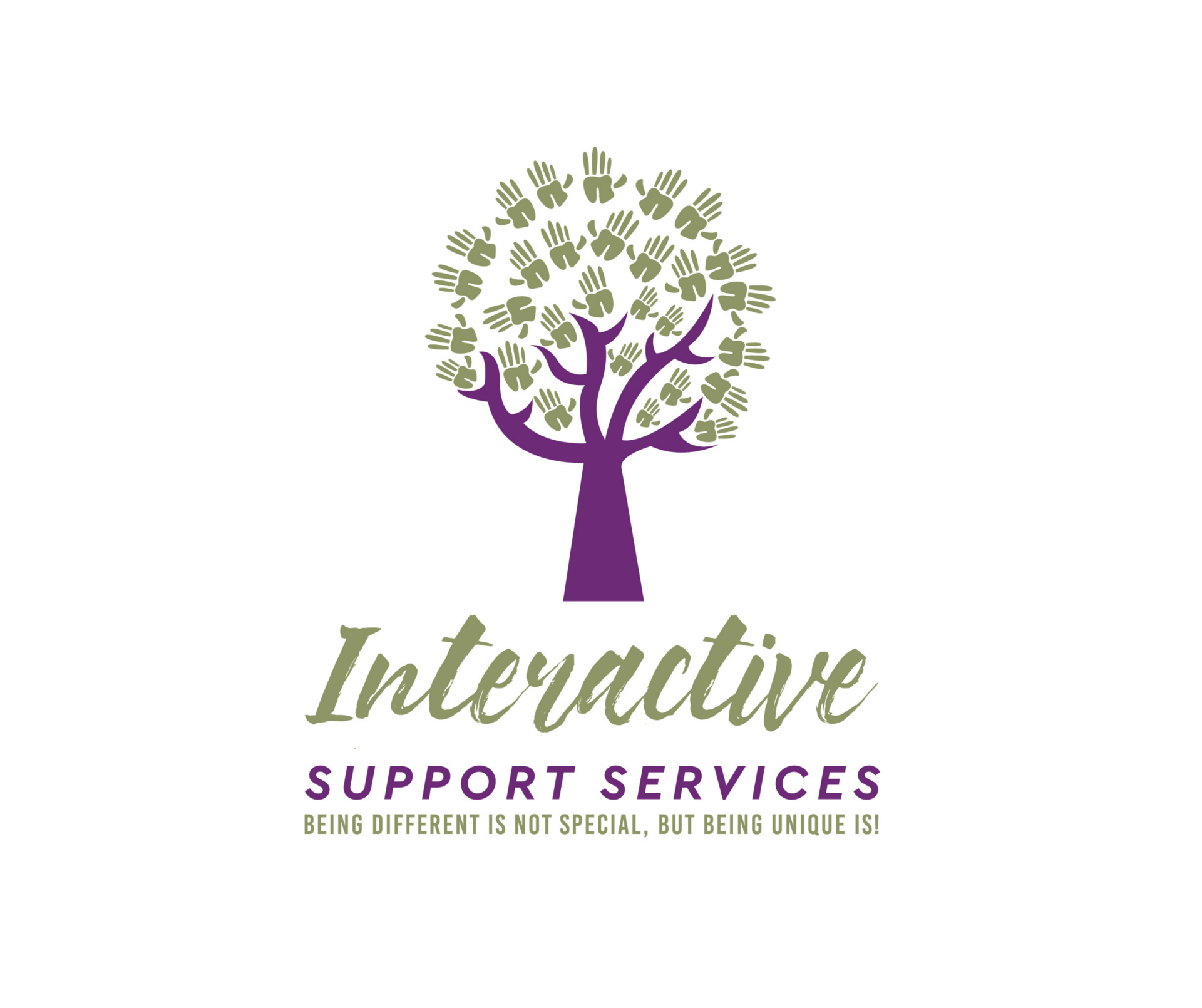What is Support Coordination?
June 11, 2020
Support coordination
In late March the NDIA announced that all participants can now use core funds to access support coordination. This means that anyone with an NDIS plan and a bit of funding in core can access support coordination – even if they didn’t have it in their plan before.
This blog will go through what a support coordinator does, the levels of funding available, and what to look for in a support coordinator.

What is support coordination?
One of the easiest ways to describe a support coordinator is that they are kind of like an NDIS assistant. They are there to help you understand your NDIS plan, and connect you with services that help you make the most of your plan. The NDIS can be confusing, and the role of support coordinators is to try and make it a little less so.
Sourcing and then managing multiple providers and services can be complicated and time consuming. ‘Who can provide me with the services I need?’, What is a service agreement?’, ‘How do I manage so many appointments?’, ‘I need to ensure all my providers are kept up to date with my treatments’, How do I change my service provider?’.
Some people may prefer to do this themselves. For other people, that’s where support coordination can be really handy. Support coordination works with you to source the right providers and the right services, coordinating your supports for you and building on your informal support like your family.
How do I get a support coordinator?
Like just about anything with the NDIS, support coordination is something that will need to be deemed ‘reasonable and necessary’ by your NDIS planner.
It‘s important to ensure you request support coordination in your plan, if it‘s something you think you‘ll need.
Here are some situations where support coordination is often considered:
- You have complex needs
- You are new to the NDIS
- You have never had any funding before
- You have substantial funding and need assistance in accessing supports
- You have a big transition time in your life coming up (such as finishing school, moving out of home or starting a new job)
- A number of people in the family have disability
- You don’t have any immediate family support around you
What are the three levels of support coordination?
There are three tiers of support coordination available depending on how much or little assistance you’d like:
1. Support connection
This is short term assistance to help you source a range of providers that meet your needs but with you taking the responsibility for coordinating all your support and selecting your providers. This is generally provided by your Local Area Coordinator (LAC).
2. Coordination of supports
Available long term, throughout your plan, to provide connection and coordination of your supports from a range of sources in a more complex environment.
3. Specialist support coordination
Specialist supports for more complex situations.
What should I look for in a support coordinator?
Objectivity
You want to source the most appropriate providers and services to meet your needs. A support coordinator may work for an organisation that provides multiple services that could be in your plan. Before you sign up for support coordination, ask them what checks and balances are in place to prevent them from simply recommending their own services.
Willingness to truly partner with you
Do you have a reasonable rapport with your support coordinator? Depending on the level of support coordination you are funded for, you and your family may have extensive dealings with your coordinator, so it’s important to have a good relationship and feel as though they have your back.
Outcome-focused
The NDIS is centered on capacity building such as acquiring new skills, increasing independence, and providing value for money. A good support coordinator will be focused on the outcomes that are outlined in your plan, and what you tell them are important to you. Ask them to outline specifically how they will support you to achieve these outcomes. Together, you should be working towards your goals.
Experience in your locality
Extensive knowledge of disability and community sectors services in your area – especially quality services that can best meet your individual needs.
Rights-based
You have the right to full and equal participation in the planning process. A good support coordinator will facilitate your involvement, listen to what you have to say and support you to get what you want from your plan by linking you to the right agency.
If you need someone on your side who understands the NDIS and has worked in disability and mental health space for almost 30 years to live their best life, give Interactive Support Coodinators a call on 0405 885 639.

How do I know if I can get one? Like anything with the NDIS, it comes down to what’s reasonable and necessary. The smart device is necessary if: You need it to access disability support. You don’t already have a device. Do you have a laptop, smartphone or tablet at home that you can access? If so, you probably won’t be eligible. It’s the ‘lowest specification’ necessary to get the job done. This means that it’s not the newest model, but good enough for you to access your supports. The smart device is reasonable if: It costs less than $600 There are a few exceptions to this rule. Maybe the device needs to have a feature that is not available on a standard tablet, or maybe your disability prevents you from using a standard tablet and you need something more specialised. Do I need to use existing funds? Yes, you will need to have the funding already in your plan to take advantage of this change. The NDIA are not increasing plans to cover the cost of these devices. It’s also worth noting that they won’t do a review if all you’re looking for is a smart device. What funding categories can I use? The NDIA have been quite flexible with how you can purchase a smart device. You can use your core budget, or your consumables budget. If you don’t have enough funding in either of those you can use your capacity building funds. There has been a handy new line item in the latest NDIS Price Guide to cover this: COVID-19 Low Cost AT to support Capacity Building support delivery 15_222400911_0124_1_3 It’s been done like this so you can be a bit flexible with your budget. What is the process to get one? You need a letter from a provider, confirming that the device is necessary. With this letter, you can either upload it to the portal or email it straight to the NDIS. Their address is enquiries@ndis.gov.au and the subject line should be ‘Low cost AT flexibility evidence’. You will need to purchase it. The process to get a smart device is the same process to get consumables – and it all comes down to how your plan is being managed. If you’re plan managed or self managed you can buy from any provider. If you’re plan is agency managed you will need to buy through a registered provider. If you have a Support Coordinator you might be able to buy one through them, otherwise a few of the big electronics retailers are registered NDIS providers. Is this a permanent change? No, this is just temporary to help get us all through the pandemic. This rule will no longer apply after September 2020. What about internet? Will the NDIS pay that? The NDIS will not cover the cost of your internet access.

Is the NDIS means tested? No, and this is good. The NDIS will look at the supports needed, based on your disability, and won’t take income and assets into account. This is so everyone gets the support they need. Is the NDIS fully funded? Yes – the NDIS is fully funded. "By the time the NDIS is completely rolled out, our governments will be investing a total of $22 billion a year. That’s 1% of our country’s GDP – making it the biggest social reform in Australia’s history". Approximately half will come from the federal government and each state and territory will provide the rest. Why is the NDIS called an insurance scheme? The ‘IS’ in NDIS is indeed for ‘insurance scheme’. In a way, it’s like the government has taken out insurance for all Australians, so that if you have a permanent disability (and meet NDIS entry requirements), you will be able to access support. Disability can happen to anyone. In fact, i n the next five years, the scheme is expected to grow and reach about 500,000 participants, which will be around 2.1% of the projected Australian population aged 0 – 64. Why was the NDIS created? The NDIS was created for a number of reasons. Here are just a few of those: To substantially improve the well being of people with disability and Australians more generally; To replace an old system that was seen by seen as inequitable, underfunded, fragmented and inefficient (the Commission’s inquiry in 2011 on Disability Care and Support); To have a national approach to disability care; To provide better options for people with disability for education, employment, independent living and community participation; and To give people with disability more choice and control in their lives. How does the NDIS decide what supports to offer someone? It’s on a case-by-case basis. Everyone has different support needs, and the NDIS tries to cater to these. To receive NDIS supports, you will have had a meeting with an NDIS planner. In this meeting, they will ask you questions (and it’s a lot of questions) to help them work out your needs. Then they have some criteria that they go through to decide if a support should be included in your plan. It comes down to the following questions: Is it reasonable and necessary? Is it something that the NDIS actually covers? Or is it something that the individual or another system takes care of? Is it in line with your goals? Goals are a big thing and it’s important that the goal setting is done properly. Is it good value for money? Is it likely to be effective and beneficial to you? Does it take in to account what is reasonable to expect of your family, carers, informal networks and community?
